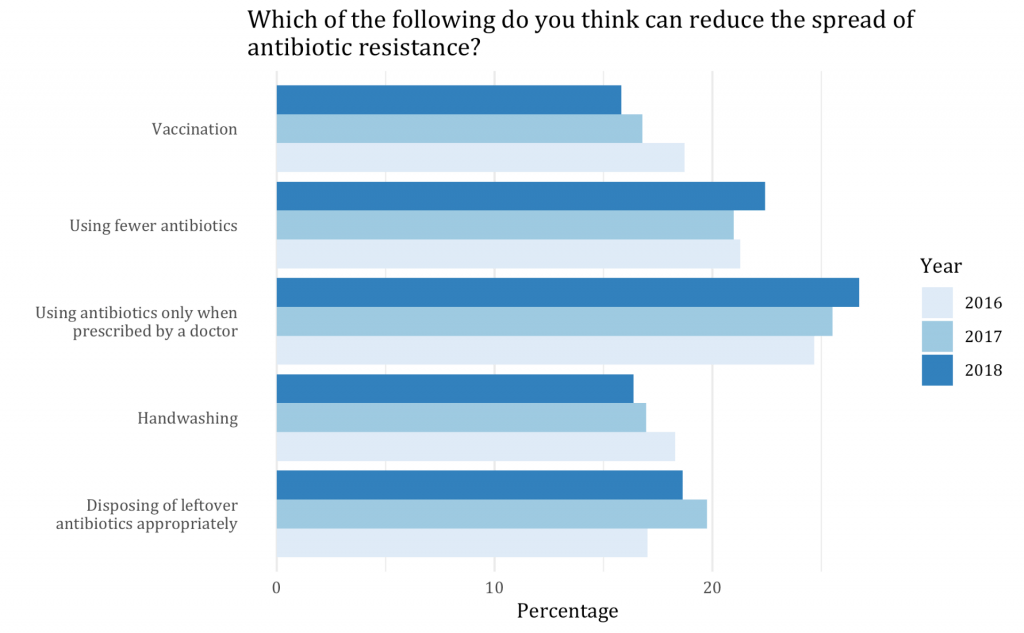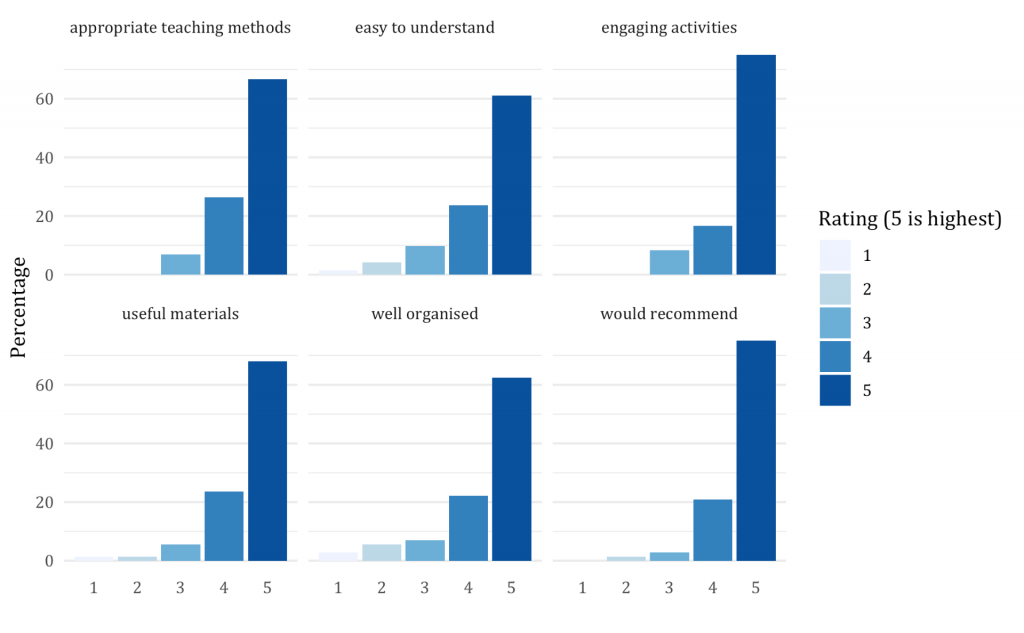November 12-18 marked World Antibiotic Awareness Week, an iniative started four years ago by the World Health Organization to increase awareness of the growing problem of bacterial resistance to antibiotics. For the past three years we have held public engagement events at local libraries to teach children and adults about antibiotic resistance, and what the public can do to help tackle this problem. For kids we use illustrated flashcards to convey basic facts about bacteria, viruses, antibiotics, antibiotic resistance and good hygiene practices, including vaccination and handwashing. We also have microscopes so they can look at different types of bacteria, and we use Glo-Germ to teach them about proper handwashing. This is a really fun activity for the kids, as they get to see traces of ‘bacteria’ glowing under a black light before and (hopefully not) after washing their hands. The most challenging thing, though, is reassuring some parents that there are no real germs in the Glo-Germ!
Last year we also introduced some information about animal health, as it’s clear that infections and antibiotic use in companion animals is an area that has received relatively little attention. From our feedback board it seems that this was a popular activity, particularly among younger kids who liked colouring.
For adults we include an information panel, information about influenza vaccination as well as a general knowledge quiz about antibiotic resistance. This is, of course, not the most scientifically rigorous way to collect information about public awareness, but it is interesting to see that public responses have been consistent year or year, and somewhat depressing that there hasn’t really been a noticeable shift towards more favourable responses. Most people who take the quiz, for example, consistently perceive that the majority of antibiotics are used in hospitals, as opposed to primary care or food production. They also tend to underestimate the consequences of antibiotic resistance, as well as what they can do to help mitigate the problem. Clearly there’s a lot of work still to be done in this area.


We’ve been very grateful in the past couple of years to be able to count on numerous volunteers from several public institutions to help run this event, including the Saw Swee Hock School of Public Health, the National University Hospital, Changi General Hospital, the Ministry of Health, the Agri-Food and Veterinary Authority, the national AMR Coordinating Office, Singapore General Hospital, Jurong Polyclinic, the Genome Institute of Singapore, as well as students from the National University of Singapore, the Canadian International School and Republic Polytechnic. This year we also collected some feedback from parents on the children’s activities, and we were happy to see that they were generally very well received, so it’s encouraging that that everyone’s hard work was worthwhile and appreciated.
We also had new designs for re-usable canvas bags and EZ-Link cards that we gave away to participants. It’s been nice to see past years’ versions sporadically around Singapore, so I look forward to spotting some 2018 editions when I next take the MRT!
















